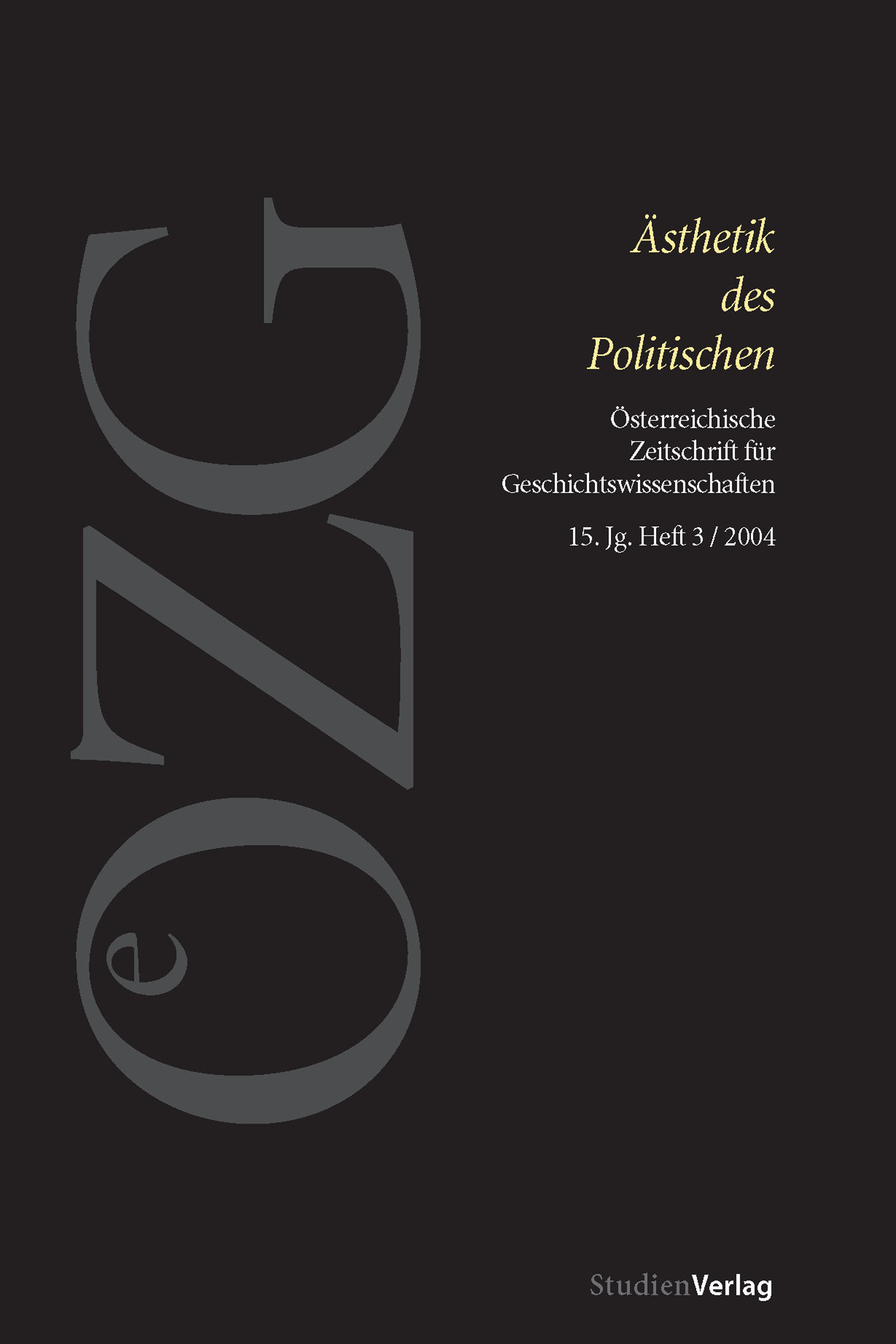The Fashion of Politics. Argentina from the 1940s to the 2000s
DOI:
https://doi.org/10.25365/oezg-2004-15-3-2Abstract
Deeply marked by Peronism’s emergence, all along the second half of the twentieth century, in Argentina external appearance functioned not merely as a powerful symbol of politics but also and, particularly, as the precise way in which politics and society related to each other. Since the descamisados (shirtless: name that desig- nated General Perón’s supporters) and Eva Perón’s clothing in the 1940’s until the mini-skirts and beards in the 1970’s (which were used as clues by the last Argentine military dictatorship to identify political adversaries), ways of dressing up expressed the very character of Argentine politics and the nature of the relationship between political and social issues in this country. The purpose of this article is, on the one hand, to revisit Argentine history during the second half of the twentieth century by examining the main images that politics conferred to and received from society; and, on the other, to employ the conclusions that can be drawn from this revision to analyse Argentine present crisis in historical perspective.


